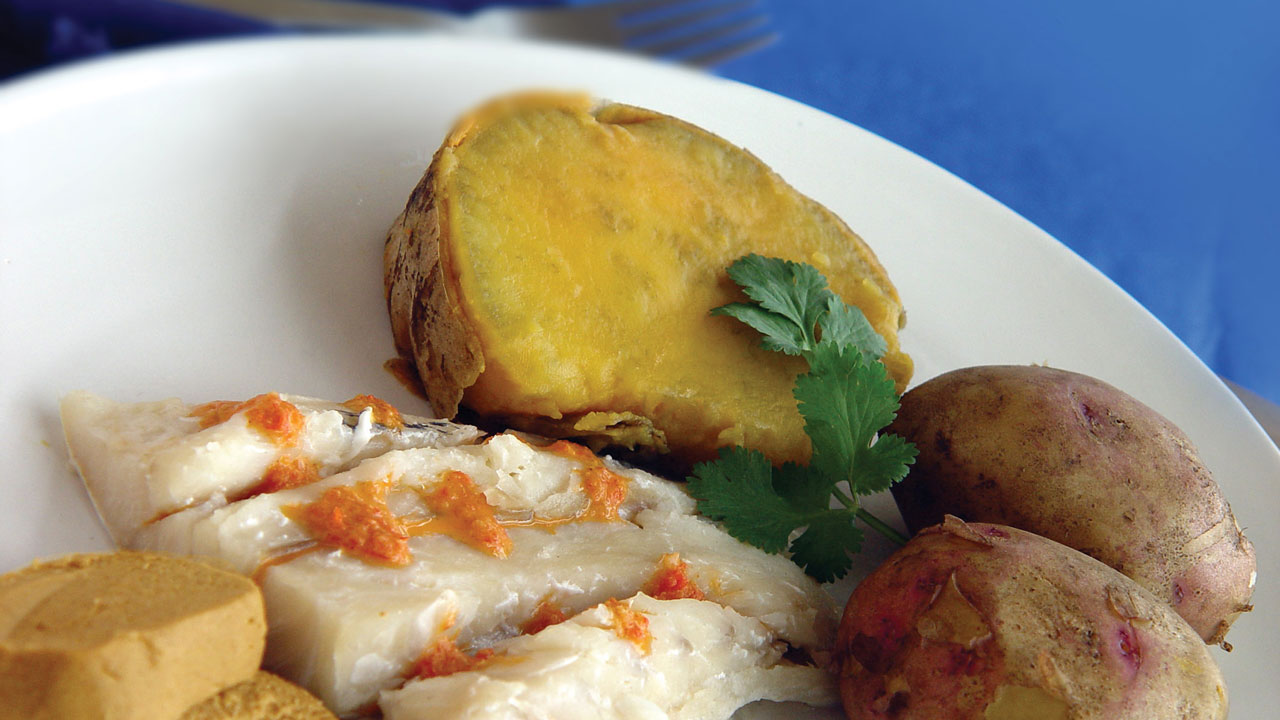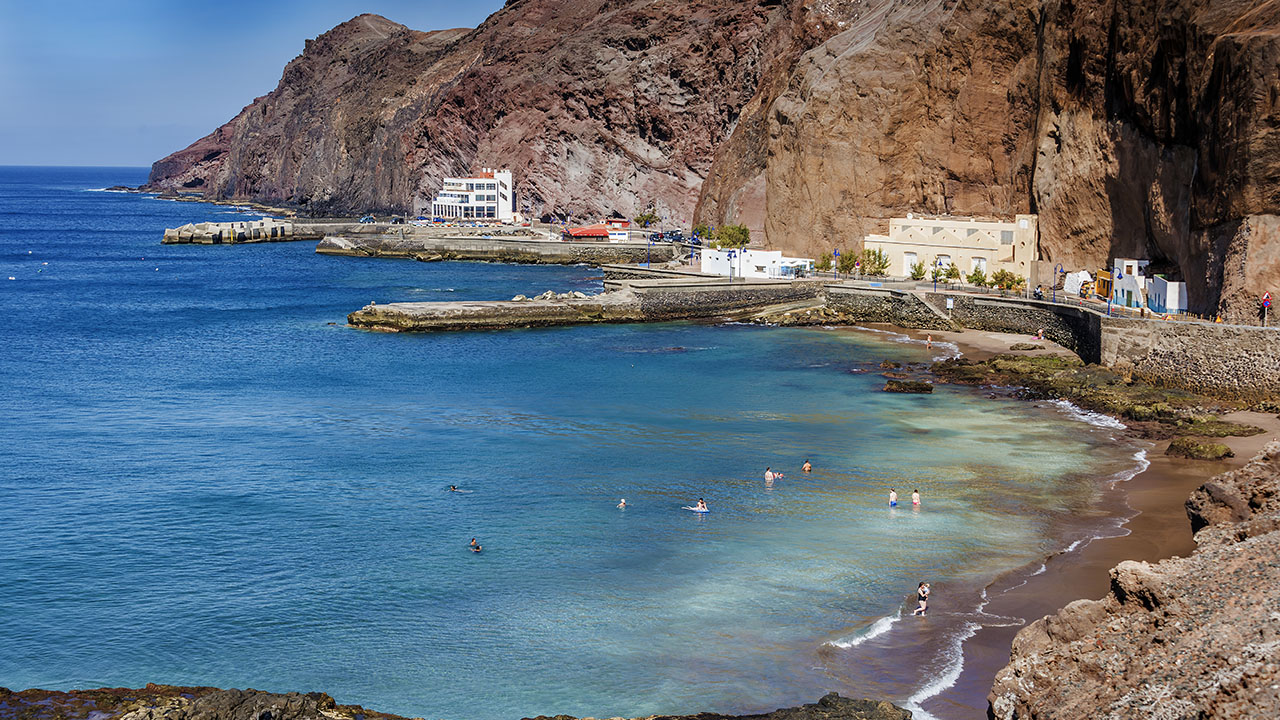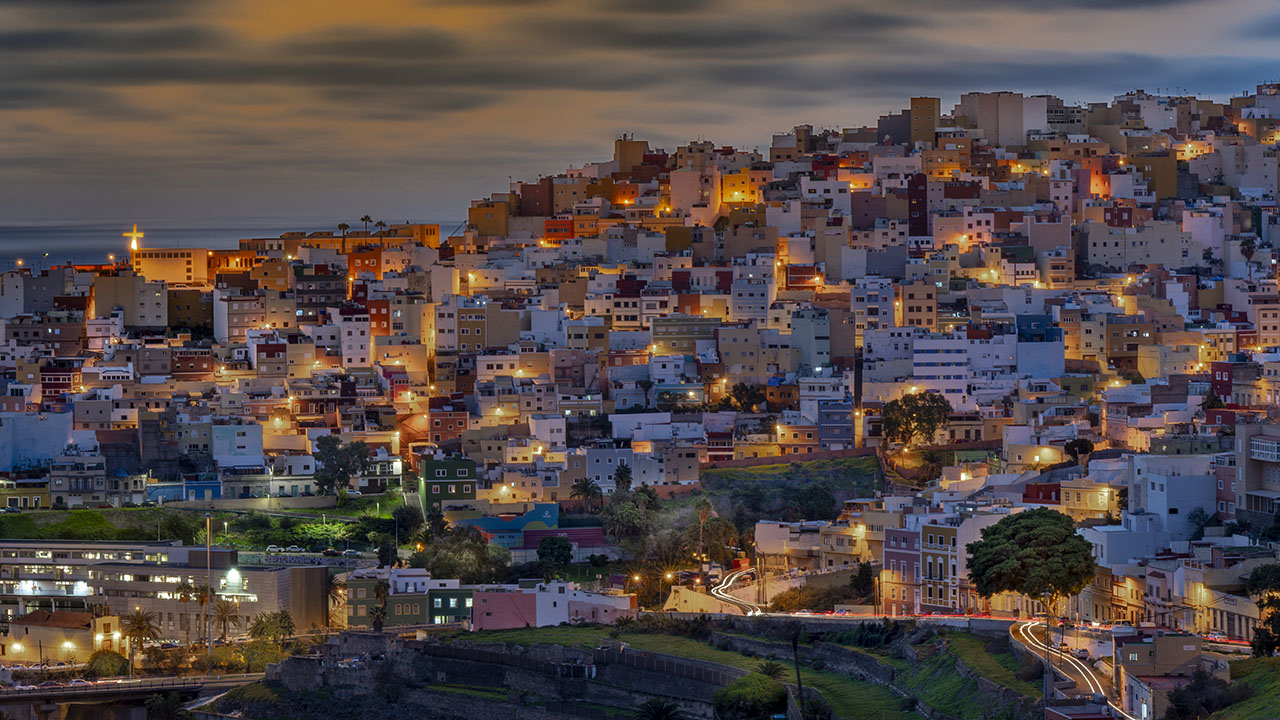Sancocho, a true date with Easter
Although Sancocho is not regularly made on a daily basis nowadays, it continues to be the most typical dish for Good Friday, and a highly regarded “plate-filler” any time of the year.
Up until the end of the 19th century, fish in Gran Canaria had to be sold daily, and was only consumed at coastal towns, as there were no ways of keeping it fresh. However, around the turn of the 20th century, changes began to creep in to our cuisine: our range of foods began to increase thanks to the technique of salting. Around this time sancocho made its presence felt.
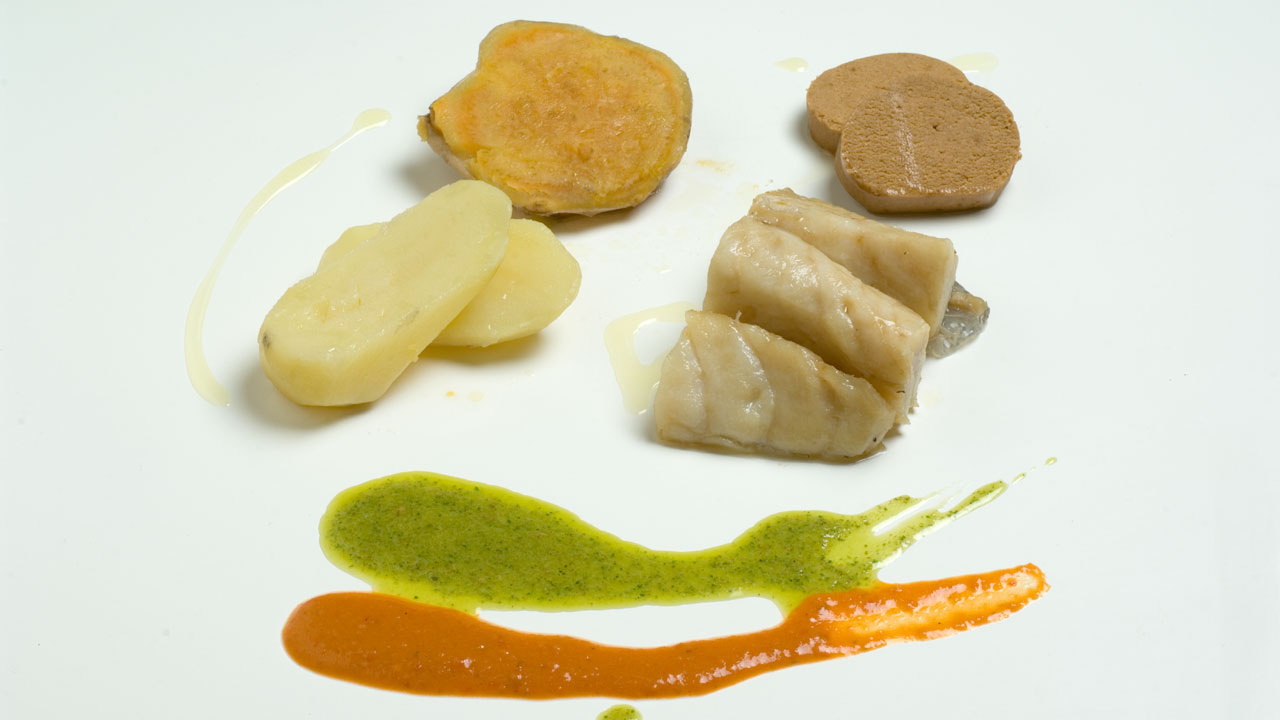
It would be a further few years, however, before the popular use of dry, salted fish, together with improvements to communications, made it possible for the recipe to break into kitchens all around the island, and become this “plate-filling” dish which would provide sustenance for locals before they went out to work on the land or went back out to sea.
Over time, the sancocho dish adapted to the area on the island where it was cooked: even today in the south it is made mainly with sea bass or conger eel, boiled potatoes and sweet potato; in the north, meanwhile, sea bass or corvina is preferred, especially in the region around Gáldar, Guía and Agaete, where they add other vegetables to it.
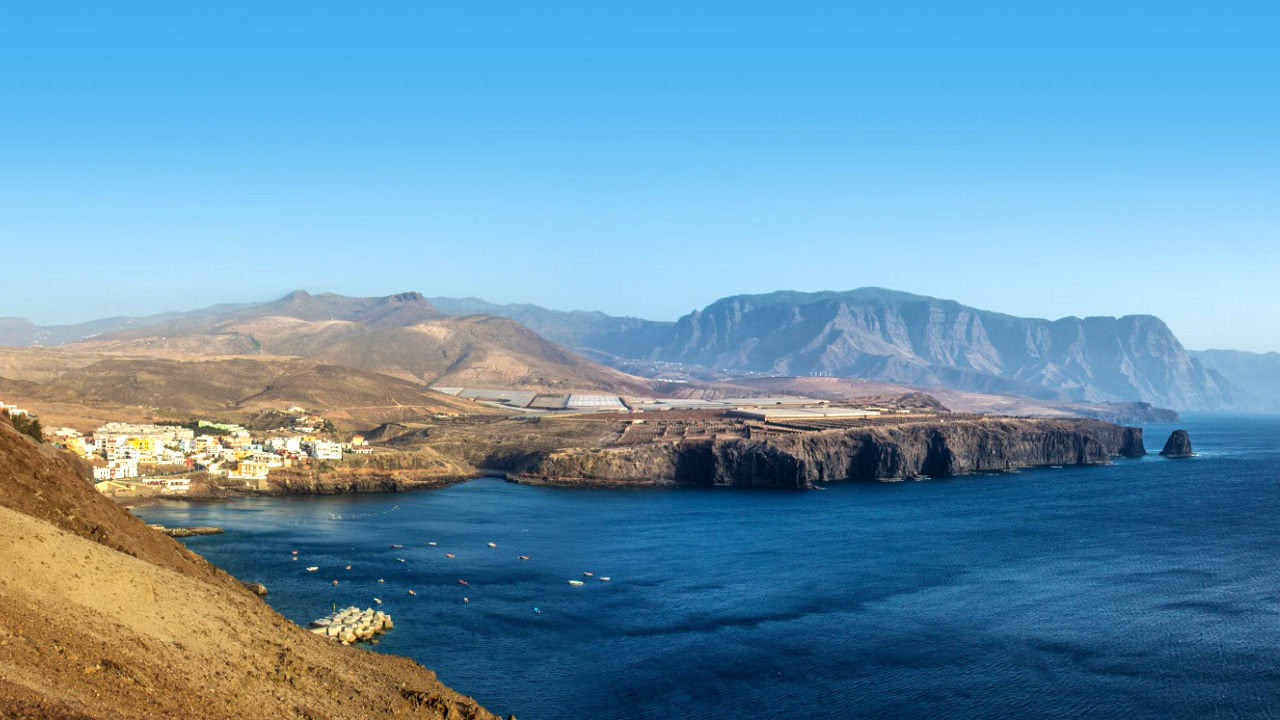
The origins of how sancocho is made is undoubtedly linked to the salting and dryng of fish, but its recipe has several different theories behind it. Some point to Portuguese origins, when people from there emigrated to the island. As they were unable to find cod here, they replaced it with sea bass. In any case, sancocho is such a local dish that in Gran Canaria alone there are five different types of recipe for it.
Cooking techniques move on, cultures are enriched as they fuse together and evolve, but this particular dish maintains its true essence. It is not, however, commonly made at home any more, as its preparation is long-winded and is hard work, given “the busy times we live in”: the fish has to be de-salted for several days beforehand, while the mojo sauce, gofio corn meal, potatoes and vegetables also require extensive preparation.
But we shouldn’t be fooled into thinking that sancocho’s days are numbered. Fortunately, at Easter time it is still a ‘sacred’ meal for Gran Canarian families, while it is still painstakingly put together, either in a traditional fashion or by more modern methods, at many different restaurants, because it remains in high demand throughout the year. So, if you fancy cooking over the holidays, we offer you two versions of this delicious dish to choose from. Enjoy!
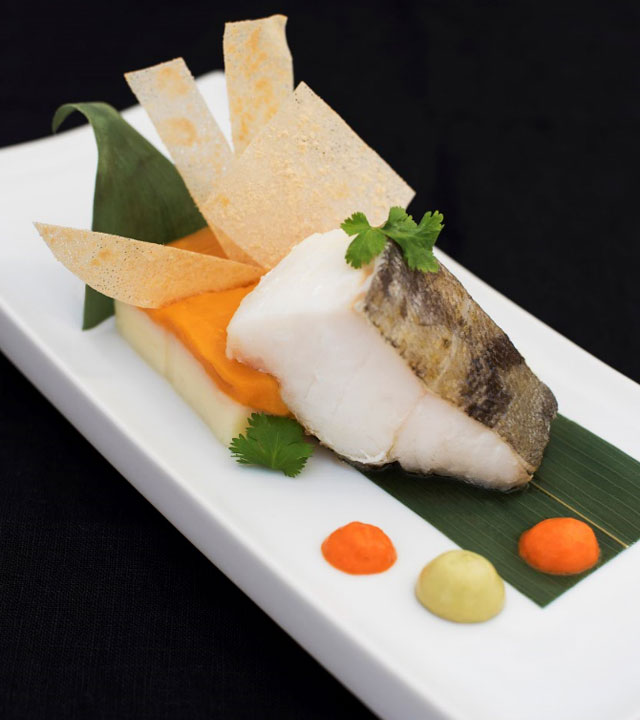
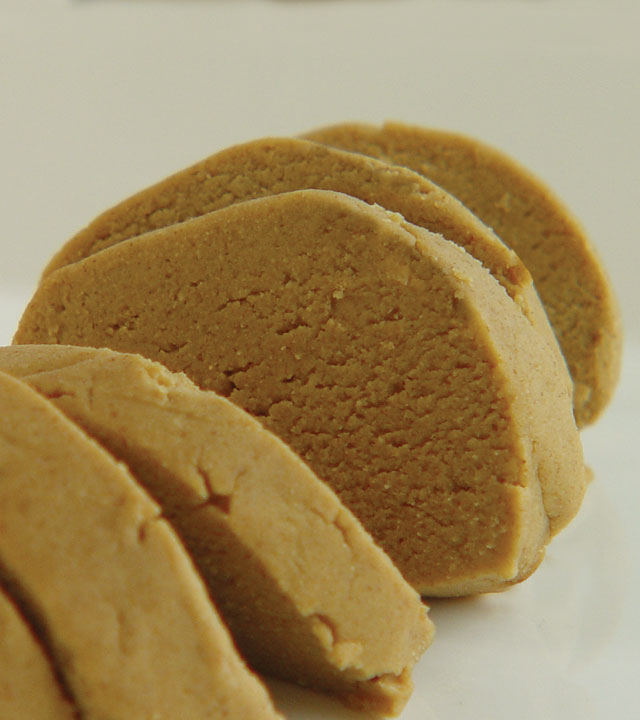
Traditional Recipe:
- 1 kilo salty sea bass
- 1 kilo potatoes
- Half a kilo of sweet potatoes
- Gofio corn meal for making paste,
- salt
- sugar
- water
- mojo sauce
- oil
- vinegar
Soak the sea bass into water to de-salt it for at least 12 to 14 hours (changing the water two or three times during this period).
Cut up the potatoes and sweet potatoes into mid-size chunks, and put them on to boil in hot water, not adding any salt. Put the fish into the pot.
Once the potatoes are boiled, take them out because the other ingredients are also ready now. Drain the water and take out.
Put the fish, potatoes and sweet potatoes together on a plate with green mojo sauce and the gofio paste.

